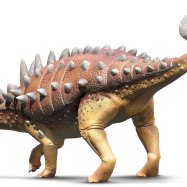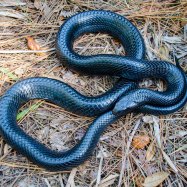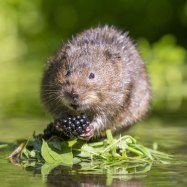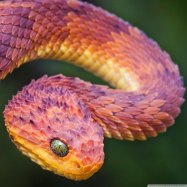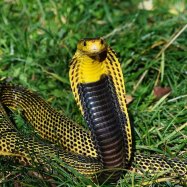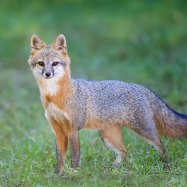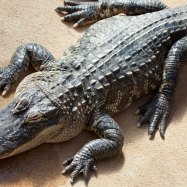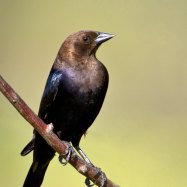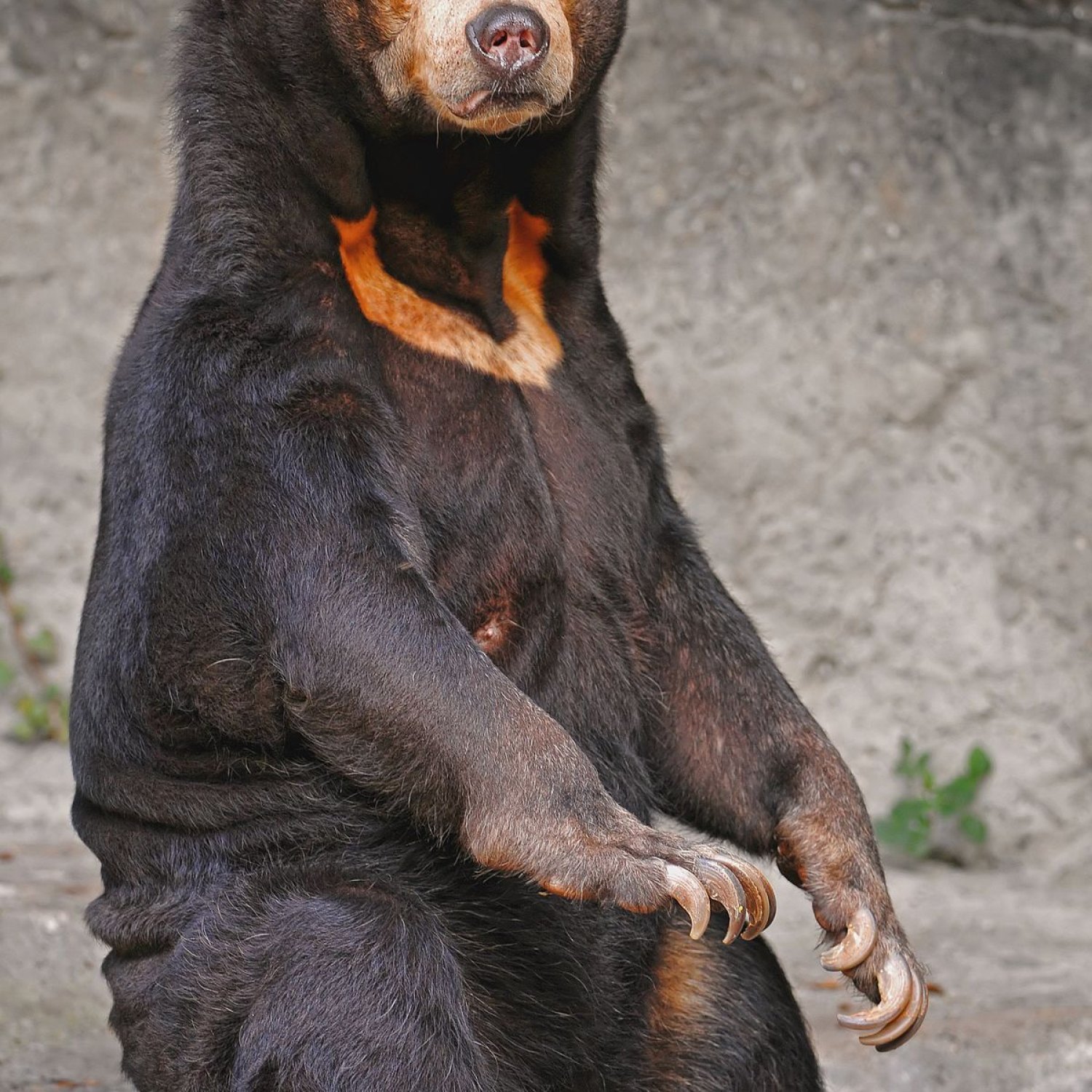
Sun Bear
120 – 150 cm
Meet the Sun Bear, a small yet mighty member of the bear family. Found in Borneo and mainland Southeast Asia, this short and stocky creature can grow up to 150 cm in length. With its distinctive golden-brown fur, it's easy to spot in the dense forests. But don't be fooled by its size, the Sun Bear is a formidable hunter and a valuable part of its ecosystem. As their habitats continue to shrink, let's do our part to protect these fascinating animals. #SunBear #Borneo #SoutheastAsia #Ursidae
Animal Details Summary:
Common Name: Sun Bear
Kingdom: Animalia
Habitat: Tropical forests
The Secretive and Enchanting Sun Bear
Hidden within the dense and mysterious tropical forests of Southeast Asia, lives a creature that has captured the hearts of many – the Sun Bear. Scientifically known as Helarctos malayanus, this elusive animal is more widely known as the Sun Bear due to its characteristic golden crescent shape on its chest, which is often interpreted as resembling the sun.While the Sun Bear may not be as well-known as its fellow large carnivores, such as lions or tigers, its unique characteristics and behaviors make it a fascinating and endearing animal that deserves to be placed in the spotlight. In this article, we will delve deeper into the world of the Sun Bear, learning about its origins, physical features, and the challenges it faces in today's rapidly-changing world Sun Bear.
Kingdom: Animalia, Phylum: Chordata, Class: Mammalia
The Sun Bear belongs to the Animalia kingdom, which encompasses a vast variety of living organisms that are multicellular and heterotrophic. Within the Animalia kingdom, the Sun Bear is classified under the phylum Chordata, which includes animals with a notochord, or a flexible rod-like structure, that runs down their backs during their embryonic stages. As a mammal, the Sun Bear possesses mammary glands, which produce milk to nourish their young, and they also have a warm-blooded body, meaning they can maintain a constant body temperature.
The Sun Bear belongs to the carnivorous order, Carnivora, which is an order of mammals characterized by their sharp teeth and claws, adapted for hunting and consuming meat. However, despite being classified as a carnivore, the Sun Bear has a more varied diet and is considered an omnivore, meaning they eat both plant and animal matter.
Their preferred habitat is within the tropical forests of Southeast Asia, where they are well-adapted to life among the dense vegetation and lush greenery. The Sun Bear's diet consists of a variety of food sources, ranging from fruits, insects, small rodents, and even honey. Their long, sharp claws come in handy for digging through tree bark and termite mounds, while their long tongues are used to extract honey from beehives.
Geographical Distribution: Southeast Asia, Country of Origin: Malaysia, Location: Borneo and mainland Southeast Asia
The Sun Bear is primarily found in Southeast Asia, with its native country being Malaysia Saddleback Caterpillar. However, their geographical distribution also extends to other countries, such as Borneo and the mainland Southeast Asian countries, including Thailand, Myanmar, Laos, Cambodia, and Vietnam.
Their elusive and secretive nature makes it difficult to estimate the exact population of Sun Bears, but they are considered to be threatened and declining due to habitat destruction and hunting. Their preference for living in dense forests also makes it challenging for researchers to track and study them, leading to a lack of in-depth knowledge about their behavior and population numbers.
Animal Coloration: Black to dark brown fur with a distinctive golden crescent-shaped marking on its chest, Body Shape: Short and stocky, Length: 120 – 150 cm
The Sun Bear is known for its distinctive black to dark brown fur, which is short and sleek, making it perfect for life in the hot and humid tropical forests. However, the most noticeable feature of the Sun Bear is the striking golden crescent-shaped marking on its chest, which gives it its popular name – the Sun Bear.
The Sun Bear's body shape is short and stocky, with short and powerful legs, making it well-adapted for climbing and moving swiftly through the treetops. They also have large paws and sharp claws that help with foraging and climbing, and their long tongues are perfect for reaching into narrow crevices in search of food.
Impact of Human Actions on Sun Bears
Unfortunately, Sun Bears are facing numerous challenges due to human activities, which are placing them at risk of extinction. One of the most significant threats to their survival is deforestation, as large swathes of their natural habitat are being destroyed to make way for human development, such as agriculture, mining, and urbanization.
As a result of deforestation, Sun Bears are losing their homes and food sources, and they are also facing increased competition for resources with other animals. This means that Sun Bears are being pushed into smaller and more fragmented areas, making it difficult for them to find enough food to survive.
In addition to habitat loss, Sun Bears are also hunted for their body parts, which are used for traditional medicine and as a delicacy. The illegal wildlife trade is a major contributor to the decline of Sun Bears, and despite international laws and regulations, the demand for Sun Bear parts continues to fuel poaching activities.
Conservation Efforts
Despite the challenges that Sun Bears are facing, there is hope for their conservation. Many organizations and individuals are working tirelessly to protect these majestic creatures and their habitat.
Efforts are being made to reduce deforestation and protect crucial areas for Sun Bears, such as linking fragmented forests to provide connectivity for the bears to move between habitats. Community education and awareness programs are also being implemented to reduce demand for Sun Bear parts and to educate people about the importance of conserving these animals.
In addition to these conservation efforts, researchers are also working to gain a better understanding of Sun Bears by tracking their movements and studying their behavior. This information will help with conservation planning and decision-making to ensure the survival of these precious creatures.
Conclusion
The Sun Bear may be a secretive and elusive animal, but it is an important and enchanting creature that deserves to be protected and celebrated. From its unique physical features to its crucial role in maintaining the balance of the ecosystem, the Sun Bear plays a vital part in the natural world.
However, human actions such as deforestation and poaching are placing the Sun Bears at risk of extinction. It is up to us, as responsible and caring individuals, to protect and preserve the natural habitats of Sun Bears and to put an end to the illegal trade of their body parts. Let us work together to ensure that these majestic animals can continue roaming the forests, enchanting future generations with their elusive charm and beauty.

Sun Bear
Animal Details Sun Bear - Scientific Name: Helarctos malayanus
- Category: Animals S
- Scientific Name: Helarctos malayanus
- Common Name: Sun Bear
- Kingdom: Animalia
- Phylum: Chordata
- Class: Mammalia
- Order: Carnivora
- Family: Ursidae
- Habitat: Tropical forests
- Feeding Method: Omnivorous
- Geographical Distribution: Southeast Asia
- Country of Origin: Malaysia
- Location: Borneo and mainland Southeast Asia
- Animal Coloration: Black to dark brown fur with a distinctive golden crescent-shaped marking on its chest
- Body Shape: Short and stocky
- Length: 120 – 150 cm
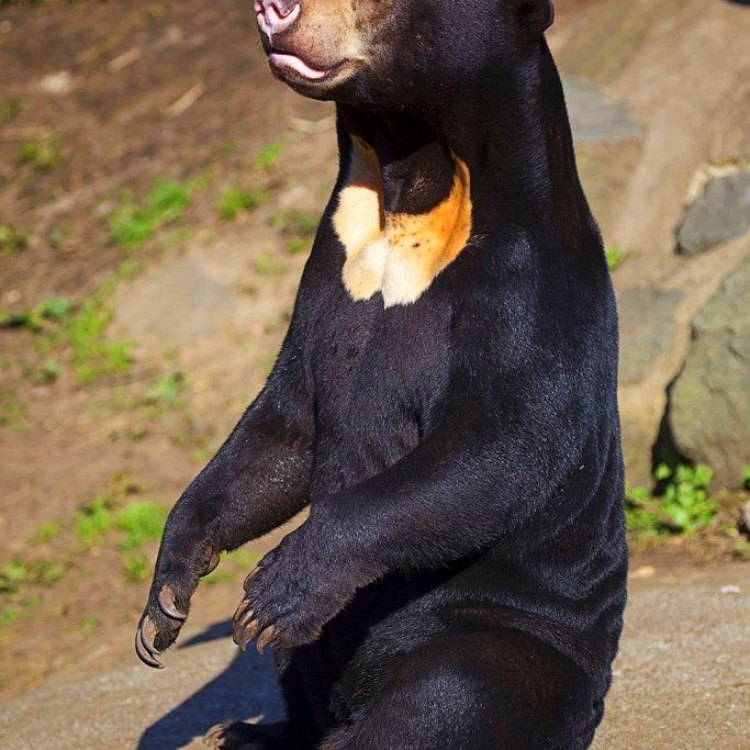
Sun Bear
- Adult Size: 60 – 150 kg
- Average Lifespan: 20 – 25 years
- Reproduction: Viviparous
- Reproductive Behavior: Solitary animals, come together only for mating
- Sound or Call: Grunt, growl, and whine
- Migration Pattern: Non-migratory
- Social Groups: Solitary
- Behavior: Nocturnal and arboreal
- Threats: Habitat loss, illegal hunting, and poaching
- Conservation Status: Vulnerable
- Impact on Ecosystem: Seed dispersers, important for maintaining forest biodiversity
- Human Use: Hunted for its fur, body parts, and bile for traditional medicine
- Distinctive Features: Long, curved claws and a long tongue to extract insects from tree crevices
- Interesting Facts: Also known as the 'honey bear' due to its love for honey
- Predator: Tigers, leopards, and crocodiles
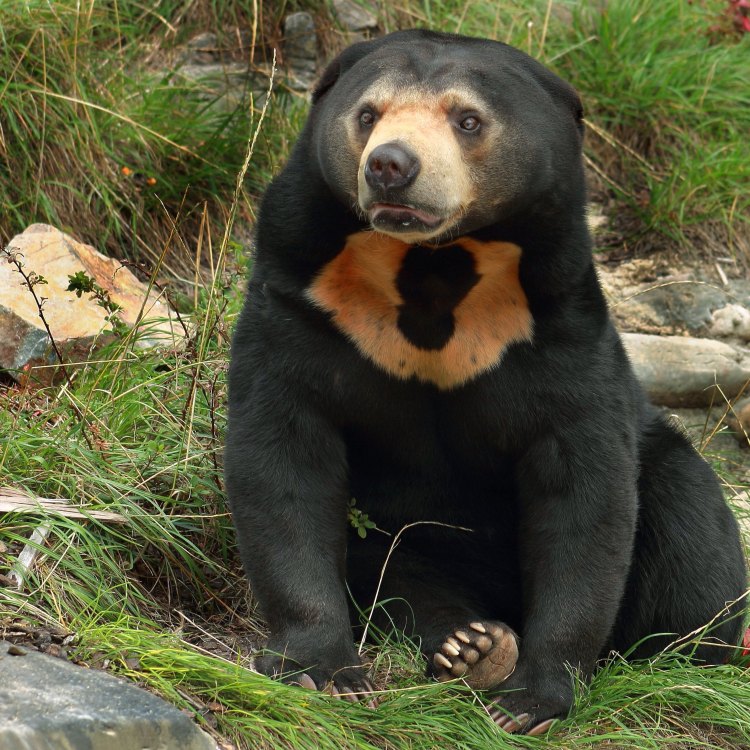
Helarctos malayanus
The Fascinating World of Sun Bears: From Lone Hunters to Guardian of Forest Biodiversity
Hidden deep within the dense forests of Southeast Asia lives a little-known and unique species - the Sun Bear. With its trademark golden crescent chest patch, long curved claws, and a tongue specially designed for extracting honey, the Sun Bear is truly a wonder of nature. But there is so much more to this elusive creature than meets the eye. In this article, we delve into the intriguing and lesser-known aspects of the Sun Bear, from its solitary behavior to its impact on the ecosystem and its struggle for survival PeaceOfAnimals.Com.Size and Lifespan
The Sun Bear, also known as the 'honey bear' due to its love of honey, is the smallest of the eight bear species in the world. On average, an adult Sun Bear can weigh between 60-150 kg, making it the third smallest bear, after the sloth bear and the Andean bear. However, don't let its size fool you, as Sun Bears are known for their strength and agility, especially when climbing trees.
In the wild, Sun Bears can live up to 25 years, although they have been known to live longer in captivity, with the oldest recorded Sun Bear living to be 35 years old. Despite their relatively short lifespan, Sun Bears play a vital role in maintaining the balance of their ecosystem.
Reproduction and Behavior
Sun Bears are viviparous, meaning they give birth to live young instead of laying eggs like some other bears. Female Sun Bears typically give birth to one or two cubs, and the cubs will stay with their mother for up to 18 months until they are fully independent.
Unlike other bear species that are known to form social groups, Sun Bears are solitary animals. They only come together during mating season, which can occur throughout the year Scorpion Fish. During this time, males will travel long distances to find a female to mate with and will often fight other males for the opportunity to mate.
Sun Bears are also nocturnal and arboreal animals, meaning they are most active at night and spend a significant amount of time in trees. Their long curved claws are specially adapted for climbing trees, allowing them to move through the dense forests with ease.
Threats and Conservation Status
Despite their important role in the ecosystem, Sun Bears face numerous threats to their survival. The primary threat is habitat loss due to widespread deforestation in Southeast Asia. This loss of habitat not only affects the Sun Bears but also impacts the diverse flora and fauna of the forests they inhabit.
Illegal hunting and poaching for their fur, body parts, and bile, which is believed to have medicinal properties, also contribute to the decline of Sun Bear populations. These animals are also often captured for the illegal pet trade, which further impacts their numbers in the wild.
Due to these threats, the Sun Bear is currently classified as Vulnerable on the International Union for Conservation of Nature (IUCN) Red List of Threatened Species. Conservation efforts, including habitat protection and anti-poaching measures, are crucial for the survival of this unique species.
Impact on the Ecosystem
Sun Bears play a vital role in maintaining the balance of their ecosystem. As omnivores, their diet provides a crucial link in the food chain. They have a particular love for fruit and are known as important seed dispersers in the forest. This helps to maintain the diversity of plant species within the forest, making them true guardians of biodiversity.
Additionally, Sun Bears also have a significant impact on the insect population in their habitat. With their long tongues and sharp claws, they are adept at finding and extracting insects from tree crevices. By controlling insect populations, Sun Bears help to prevent outbreaks of insect-borne diseases, which can be a threat to both human and animal populations.
Human Use and Distinctive Features
Unfortunately, humans have had a significant impact on Sun Bears, primarily through hunting and poaching. These animals are often hunted for their fur, which is used in traditional clothing, and their body parts, which are used in traditional medicine. Some cultures also believe that consuming Sun Bear bile, obtained by extracting it from live bears, has medicinal properties.
Besides their trademark golden crescent chest patch, Sun Bears have several other distinctive features. As mentioned earlier, their long, curved claws are adapted for climbing trees and are also used for digging and tearing apart termite mounds. They also have a long tongue that can extend up to 25 cm, helping them to extract insects from hard-to-reach places. These unique features make Sun Bears truly fascinating creatures to study and observe.
Interesting Facts
Apart from its distinctive features and important role in the ecosystem, there are several interesting facts about Sun Bears that make them even more fascinating. As mentioned earlier, they are also known as the 'honey bear' due to their love for honey, which they find by tearing apart beehives with their sharp claws.
Sun Bears are also excellent swimmers and have been seen diving into rivers to catch fish. They are also known for their vocalizations, which include grunts, growls, and whines.
Predators of the Sun Bear
While Sun Bears have no known natural predators, they do face threats from other large predators such as tigers, leopards, and crocodiles. However, their solitary nature and ability to climb trees help them avoid these dangers.
In Conclusion
In conclusion, the Sun Bear may be small in size, but its impact on the ecosystem is significant. From its solitary nature to its crucial role in maintaining forest biodiversity, Sun Bears are truly remarkable creatures. But they face numerous threats to their survival, and it is up to us to take action and protect this vulnerable species before it's too late. Through conservation efforts and raising awareness, we can ensure that the fascinating world of Sun Bears continues to exist for generations to come.
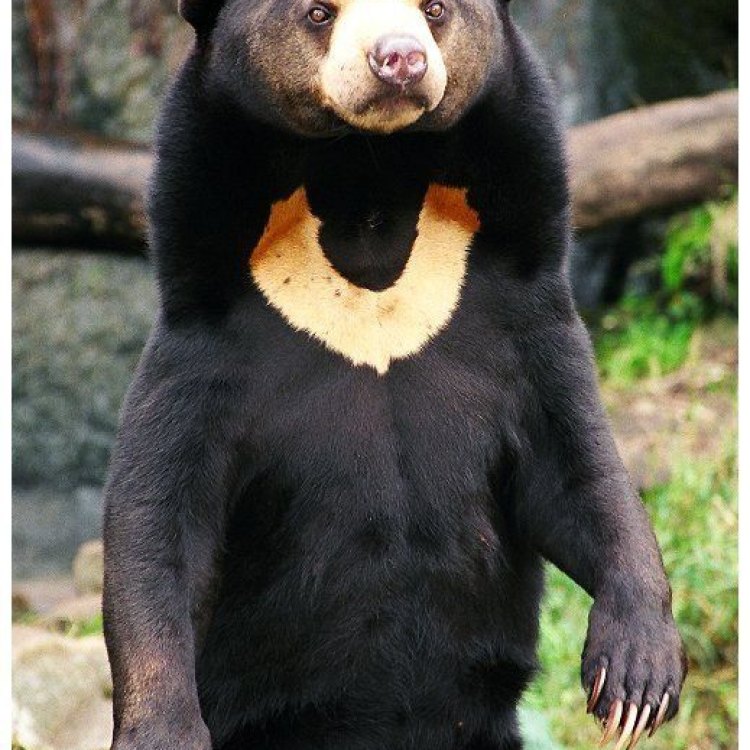
The Secretive and Enchanting Sun Bear
Disclaimer: The content provided is for informational purposes only. We cannot guarantee the accuracy of the information on this page 100%. All information provided here may change without prior notice.

